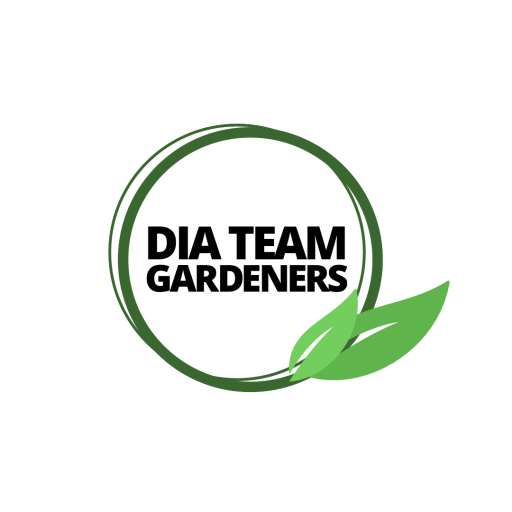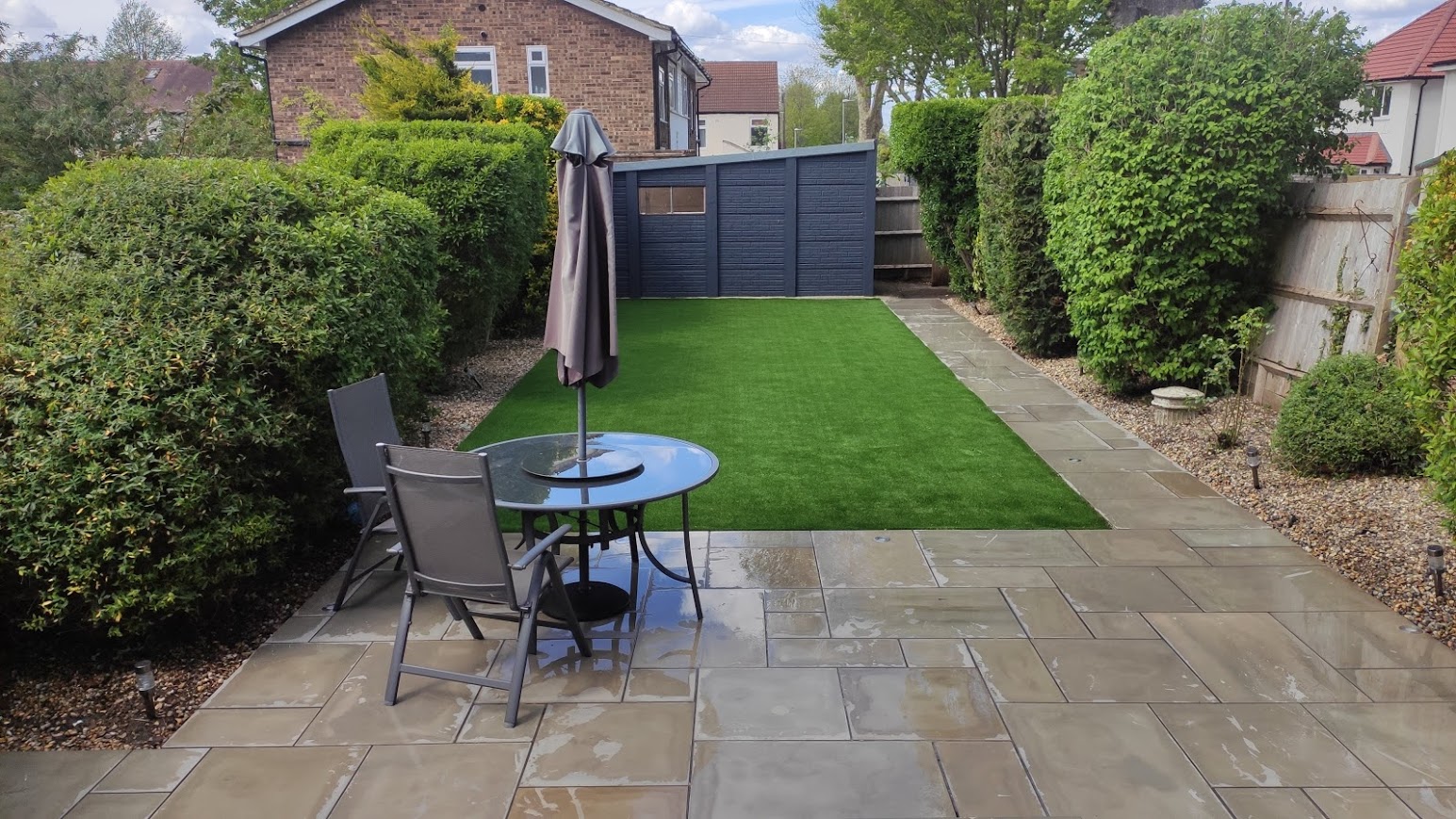Artificial grass to natural
Artificial grass is a popular alternative to real and natural ones, thanks to its easy-to-maintain nature and the way it never requires weeding or mowing while remaining virgin and perfect with minimal maintenance required. Developing how to buy and how to care for it once you set it up can be confusing, as most lawn care guides focus on natural real grass, which requires completely different approaches to maintenance and installation. To be sure that you will not allow inaccuracies, consult your professional gardener, who will take care of the proper installation and maintenance of the artificial grass in your yard.
What is Artificial Grass?
Artificial grass is a synthetic alternative made from a mat of synthetic fibers woven together to mimic the look of natural lawns. This substance is made entirely of synthetic materials and was invented by Monsanto Industries in the 1960s.
Developed and refined considerably in the decades since its discovery and is now surprisingly difficult to distinguish from real; while you may think artificial grass is a rough, plastic surface like an old-fashioned AstroTurf for sports fields, modern artificial ones come in several naturalistic shades of green and a soft surface that feels very close to the texture of real.
Why Choose It?
One of the biggest reasons you may want to buy an artificial turf lawn is maintenance time. Does not need mowing, so you can save a huge amount of maintenance time each year. In addition, mowers are dangerous for the environment. Running a gas mower for an hour is almost the equivalent of a full 340 miles of emissions while driving a car. In one day running a gas mower produces 88 kilos of carbon dioxide.
Other reasons to choose artificial grass include health and water costs – millions of people around the world suffer from hay fever, and almost all cases of hay fever are caused by allergies to grass-produced pollen. If you suffer from hay fever, an artificial one can be a great way to have a nice-looking lawn without causing fear and sneezing every summer. Also, artificial turf does not need to be watered, which can save you a huge amount of water bills each year compared to the amount needed to maintain a natural lawn.
How to Maintain Needs?
Maintaining artificial grass is much easier than maintaining a natural lawn of real grass, as no watering, mowing, fertilizing, or weeding is required. All you need to do is clean debris with a stiff broom regularly, as dirt and leaves can leave your lawn looking messy and encourage the growth of moss on your artificial turf.
Make sure you use only natural and ecological options, though it is artificial, as they can still leak into the ground and minimize the environmental impact of your weed killers. Spray lightly when you notice traces of weeds or moss, and repeat every three months.
And remember that you can always contact your gardener who has installed the grass, it is even recommended.


